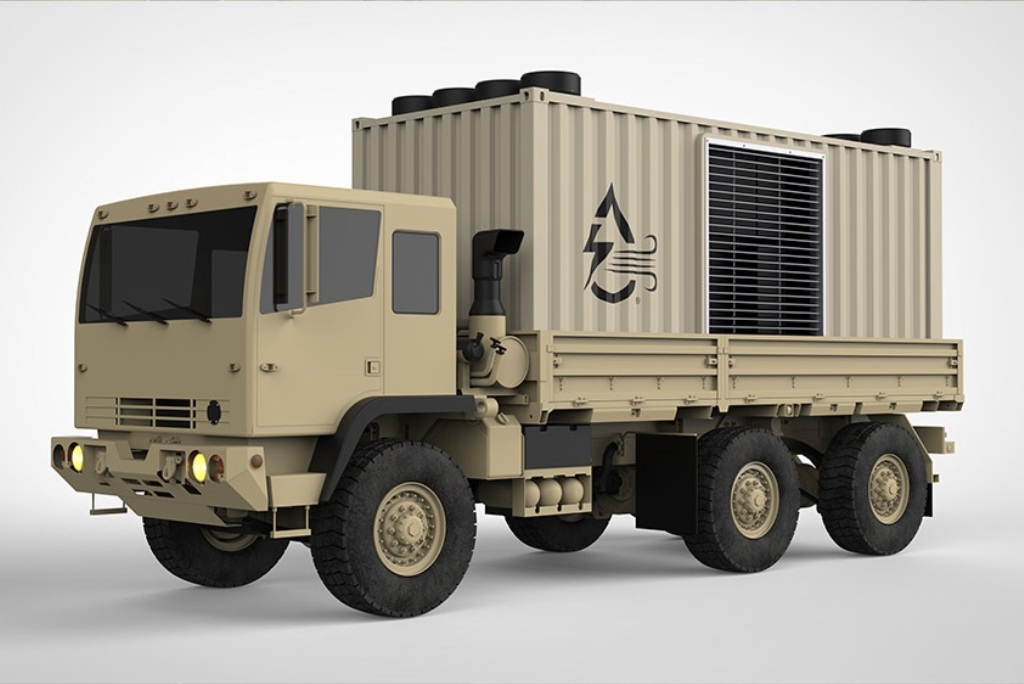Advancements in Electronic Warfare: Thales Unveils New Solution at Paris Air Show
Overview of Emerging Needs in Electromagnetic Warfare
During the Paris Air Show 2025, taking place from June 16-22, Thales introduced a groundbreaking electronic warfare system tailored to enhance electromagnetic dominance operations across diverse military units. Historically the domain of specialized forces, these operations are now pivotal for all tactical groups aiming for battlefield supremacy.
Combat Readiness and Technological Integration
The evolution of modern warfare has necessitated a heightened focus on electronic warfare capabilities, compelling all levels of military formations to integrate these critical technologies into their operational strategies. Thales’s latest offering ensures that even non-expert units can execute initial detection, localization, and analytical tasks autonomously—challenging the conventional preference for niche capabilities.
Key highlights of the Thales solution include:
- Autonomous Functionality: Designed to operate independently, enabling rapid deployment across various combat scenarios.
- User Testing: Developed following a successful proof-of-concept phase commissioned by France’s Defence Innovation Agency (AID) through a competitive European procurement process. Multi-user evaluations across diverse contexts corroborated the solution’s effectiveness.
Strategic Importance of Enhanced Capabilities
Christophe Groshenry, Vice President of Radio Communications Products at Thales, commented on the increasing significance of electronic warfare in contemporary conflict. He emphasized that evolving geopolitical landscapes demand that every combat unit gains immediate access to vital electronic warfare capabilities.
“This innovative solution offers a discreet, user-friendly approach, empowering all deployed forces to secure and sustain information superiority on the battlefield,” Groshenry remarked.
Technical Specifications and Deployment Flexibility
The newly launched electronic warfare payload is engineered for lightweight drones, weighing under 5 kg and requiring less than 40 watts of power. This optimization allows for multiple deployment methods, including:
- Free-Flying Drones: Unmanned aerial vehicles operating autonomously.
- Tethered Systems: Drones connected to ground-based power and data feeds, which enhance operational endurance.
With the ability to detect radio emissions from considerable distances—exceeding tens of kilometers—without actively broadcasting signals, this system offers a strategic advantage in contested environments, where stealth is paramount.
Conclusion: Thales’s Commitment to Innovation in Defense
The introduction of this sophisticated electronic warfare solution underscores Thales’s commitment to adapting rapidly to emergent operational requirements. As military engagements become increasingly complex, the convergence of technology and strategy will be crucial for operational success. With Thales leading the charge, the capabilities of even non-specialized units are set to advance dramatically, ensuring they are equipped to handle the intricacies of modern warfare.





